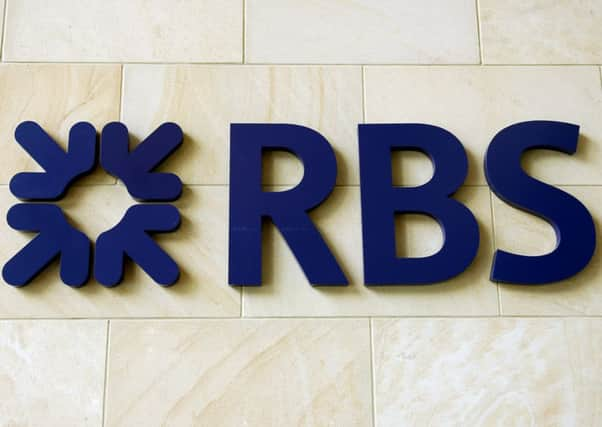RBS admits ‘error’ in EU balance sheet tests


The bank said that the error wrongly overstated its capital buffer in the event of adverse economic scenarios posed by the European Union balance sheet stress tests by €4.2 billion (£3.5bn).
Late last month, RBS had said it passed the stress tests levied by the European Central Bank and the European Banking Authority comfortably, with core capital under full Basel 111 rules – the capital backing its loanbook – of 6.7 per cent. That compares with a minimum requirement for banks of 5.5 per cent.
Advertisement
Hide AdAdvertisement
Hide AdBut the bank put out a surprise stock exchange statement yesterday stating that because of technical miscalculations its core capital is 5.7 per cent – barely above that minimum EU threshold.
The fresh blunder came 24 hours after it was fined £57 million by British financial regulators for the disruptive IT breakdown that saw millions of its customers at the parent bank and its NatWest and Ulster Bank subsidiaries shut out of their accounts in 2012.
In its statement, RBS said: “Royal Bank of Scotland has recognised an error in its calculation of the modelled Common Equity Tier 1 ratio (CET1) for the 2014 European Banking Authority (EBA) stress test results originally published on 26 October 2014. This led to RBS’s published CET1 stress test ratios being overstated.”
One leading City banking analyst said the turnaround by RBS on its financial strength in the European stress tests was an embarrassment.
“It’s definitely an embarrassment, no question. It is adding to the litany of woes at Royal Bank of Scotland, it seems to be just one thing after the other,” he said. “However, it gets more serious than IT problems when it involves things like banks’ capital cushions, which are extremely important at the minute.
“It is a [core capital] number a bank has to get right and not wrong by 100 basis points.”
In its statement, RBS said that the error “relates solely to the EBA stress test”. It said the bank’s CET1 regulatory capital ratio of 10.8 per cent as at end-September 2014 was not affected.
Ironically, when the results of the European stress tests of major UK banks were announced on 27 October it was rival Lloyds that appeared to be the weakest of the big four British clearers, with a core capital ratio of 6.2 per cent. Barclays was at 7.1 per cent and HSBC at 9.3 per cent, the EU results showed.
Advertisement
Hide AdAdvertisement
Hide AdRBS is still majority-owned by the British taxpayer after its £45 billion state bailout in the financial crash of 2008.
Shares in the bank closed last night down 2.9p at 377.7p, compared with a taxpayer buy-in price of 503p. The announcement of the error had come late in Friday’s trading session.
Lloyds is also part-owned by the taxpayer, but has started selling down the stake well ahead of RBS and is expected to resume dividend payments at its annual results in February.
SUBSCRIBE TO THE SCOTSMAN’S BUSINESS BRIEFING